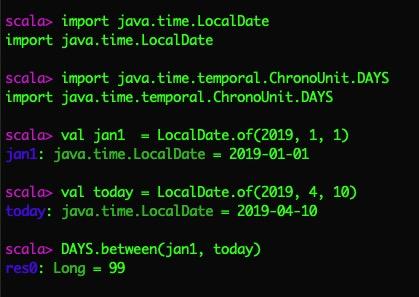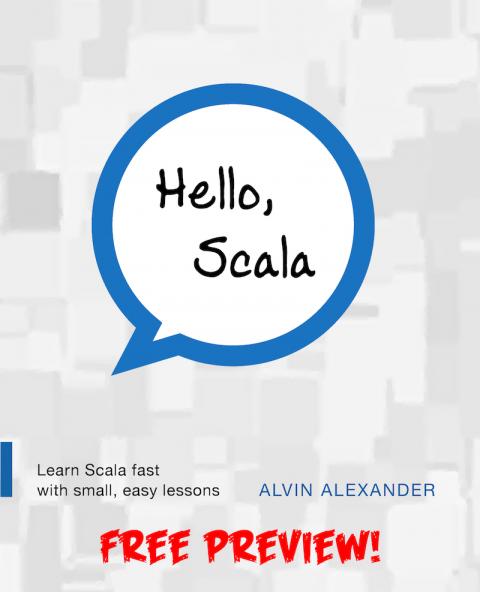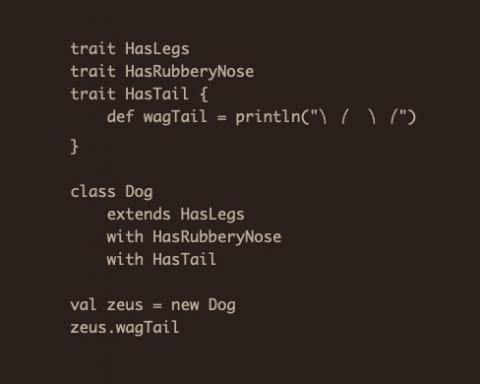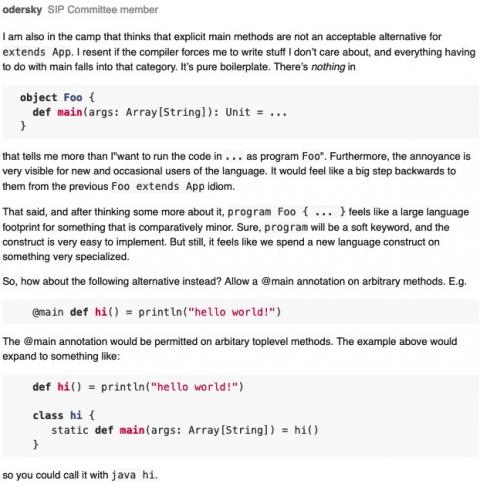I generally have a pretty good feel for how Scala traits work, and how they can be used for different needs. As one example, a few years ago I learned that it’s best to define abstract fields in traits using def. But there are still a few things I wonder about.
Today I had a few free moments and I decided to look at what happens under the covers when you use def, val, and var fields in traits, and then mix-in or extend those traits with classes. So I created some examples, compiled them with scalac -Xprint:all, and then decompiled them with JAD to see what everything looks like under the covers.
I was initially going to write a summary here, but if you want to know how things work under the hood, I think it helps to work through the examples, so for today I’ll leave that as an exercise for the reader.







